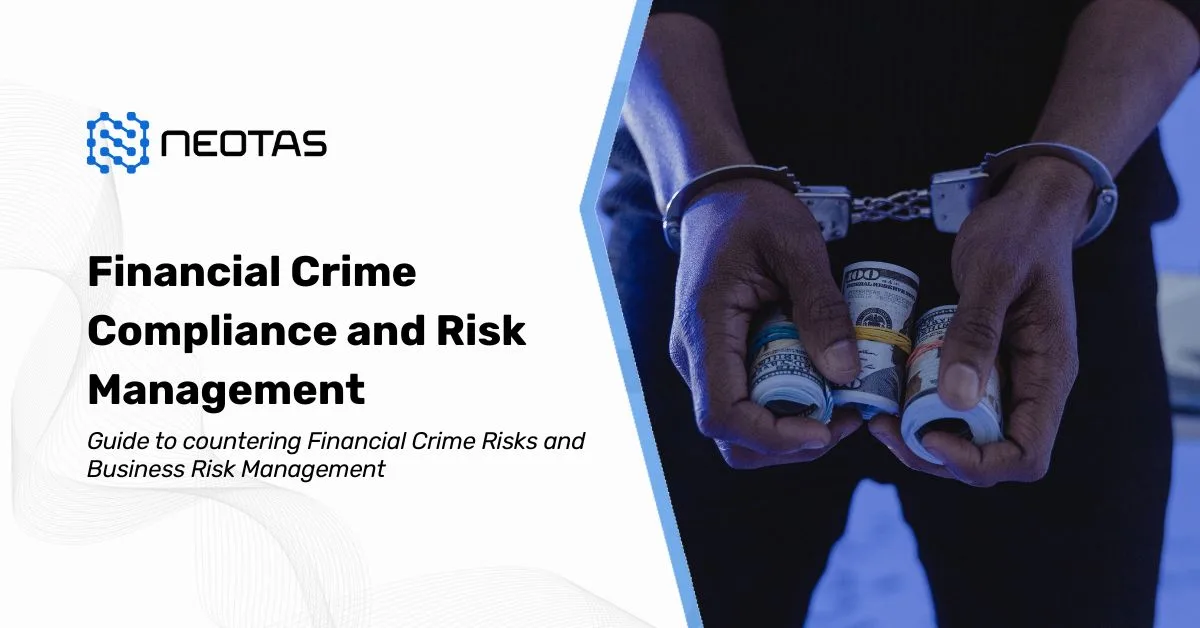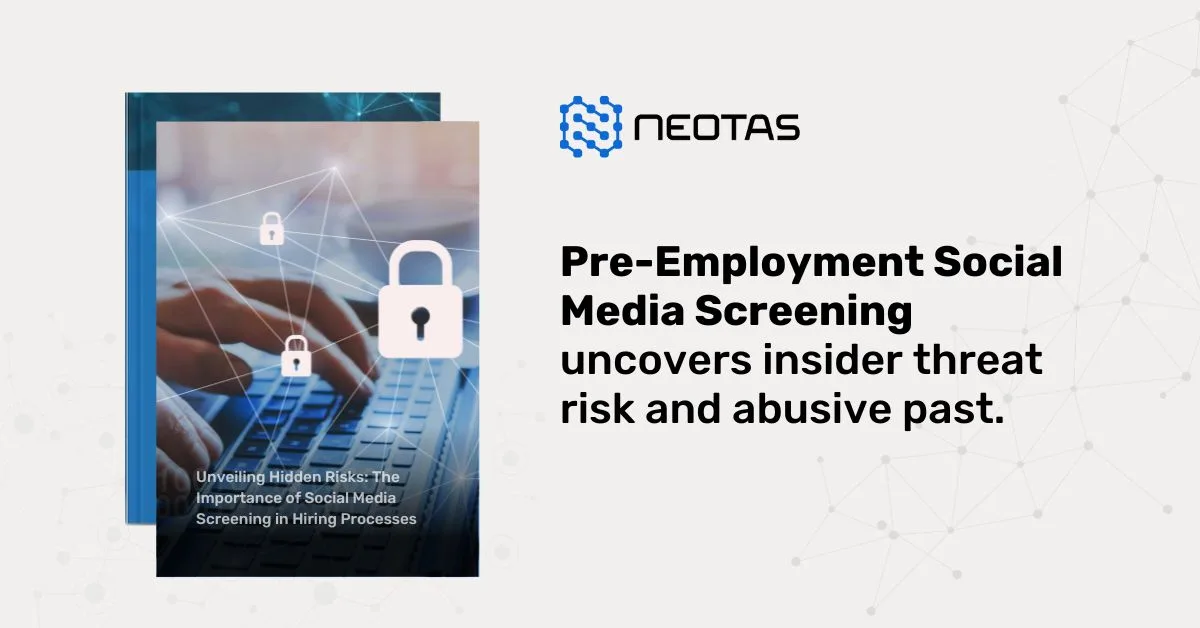What are the key components of a TPRM program?
A comprehensive Third-Party Risk Management (TPRM) program is a multifaceted endeavour that encompasses various key components designed to effectively identify, assess, and mitigate risks associated with third-party relationships. By implementing a well-structured TPRM program, organizations can strengthen their overall risk management posture, enhance compliance adherence, and foster resilient partnerships with external entities. The following are the essential components that constitute a robust TPRM program:
1. Governance Framework and Policies:
Establishing a robust governance framework is the foundation of an effective TPRM program. This framework should clearly define roles, responsibilities, and accountability for managing third-party risks across the organization. It should outline the decision-making processes, escalation protocols, and reporting structures necessary for effective oversight and risk management. Additionally, comprehensive policies and standards should be developed to guide the implementation and execution of the TPRM program, ensuring consistency and alignment with the organization’s overall risk management strategy.
2. Third-Party Inventory and Risk Classification:
Maintaining an accurate and up-to-date inventory of all third-party relationships is a critical component of TPRM. This inventory should capture detailed information about each third party, including the nature of the services or products provided, the criticality of the relationship, and the potential impact on the organization’s operations. Based on this information, organizations should establish a risk classification methodology to categorize third parties based on their inherent risk levels, enabling prioritization and tailored risk management approaches.
3. Due Diligence and Risk Assessment:
A comprehensive due diligence process is essential for evaluating the potential risks associated with each third-party relationship. This process should encompass various aspects, including financial stability, operational resilience, cybersecurity posture, data privacy and protection practices, and compliance with relevant regulations and industry standards. Organizations should adopt standardized risk assessment methodologies, such as questionnaires, on-site audits, or third-party risk assessment tools, to gather and analyze relevant information for informed decision-making.
4. Contract Management and Service Level Agreements (SLAs):
Effective contract management is a cornerstone of TPRM, ensuring that third-party relationships are governed by comprehensive agreements that clearly define the expectations, responsibilities, and obligations of both parties. These contracts should include provisions for data protection, incident response protocols, business continuity measures, and regular risk assessments. Additionally, Service Level Agreements (SLAs) should be established to define the expected levels of service, performance metrics, and accountability mechanisms.
5. Continuous Monitoring and Reporting:
TPRM is an ongoing process that requires continuous monitoring and oversight of third-party relationships. Organizations should implement mechanisms for regular monitoring and reporting of third-party performance, security incidents, and any changes that may impact the risk profile. This includes conducting periodic risk reassessments, reviewing compliance with contractual obligations, and monitoring external sources for potential threats or vulnerabilities related to third parties.
6. Risk Mitigation and Remediation:
Based on the risk assessment findings, organizations should develop and implement tailored risk mitigation strategies to address identified risks. These strategies may involve implementing additional security controls, negotiating contractual terms, conducting training or awareness programs, or, in some cases, terminating relationships with high-risk third parties. Additionally, a clear remediation process should be established to address any identified deficiencies or vulnerabilities promptly and effectively.
7. Third-Party Collaboration and Communication:
Effective TPRM requires close collaboration and open communication with third-party entities. Organizations should establish clear communication channels and regular touchpoints to discuss risk management strategies, address concerns, share best practices, and foster a culture of transparency and accountability among all parties involved.
8. Technology and Automation:
Leveraging technology solutions and automation tools can significantly enhance the efficiency and effectiveness of the TPRM program. Vendor risk management platforms, risk assessment tools, continuous monitoring solutions, and data analytics capabilities can streamline processes, improve data collection and analysis, and provide valuable insights throughout the TPRM lifecycle.
9. Training and Awareness:
Implementing comprehensive training and awareness programs is crucial for fostering a risk-aware culture within the organization and among third-party personnel. Regular training sessions should educate employees, third-party staff, and stakeholders about the importance of TPRM, their roles and responsibilities, emerging threats, and best practices in managing third-party risks.
10. Program Oversight and Continuous Improvement:
Establishing a dedicated governance structure, such as a TPRM committee or working group, is essential for overseeing the implementation and ongoing management of the TPRM program. This oversight body should regularly review the program’s effectiveness, identify areas for improvement, and ensure alignment with evolving business needs, regulatory changes, and industry best practices. Continuous improvement efforts should be driven by lessons learned, stakeholder feedback, and a commitment to ongoing maturity and optimization of the TPRM program.
By integrating these key components into a cohesive TPRM program, organizations can effectively manage and mitigate the risks associated with third-party relationships, fostering trust, compliance, and operational resilience. However, it is important to note that the successful implementation and maintenance of a TPRM program require a strong commitment from leadership, cross-functional collaboration, and a culture that values risk management as a strategic priority.
Read more about Third-Party Risk, TPRM software, and TPRM processes.
How can Neotas TPRM solutions help?
Neotas offers an innovative solution to businesses grappling with Third-Party Risk Management (TPRM). In an era of increasing outsourcing, TPRM has become pivotal, and Neotas recognises this need. Through our enhanced due diligence platform, businesses can efficiently track and evaluate vendors and contractors, ensuring adherence to security protocols in a cost-effective manner.
The Neotas platform automates the vendor onboarding process, streamlining the addition of new vendors with remarkable ease and speed.
Moreover, Neotas provides a customisable dashboard, enabling businesses to proactively identify and address emerging risks. By consolidating vital vendor information, Neotas facilitates the seamless integration of risk management into existing Customer Relationship Management (CRM) and Supply Chain Management (SCM) systems, ultimately helping businesses maximise profits while minimising risk exposure.
If you’re curious about whether our third-party risk management solutions and services align with your organisation, don’t hesitate to schedule a call. We’re here to help you make informed decisions tailored to your needs.
Third Party Risk Management (TPRM) Solutions:
- Enhanced Due Diligence
- Management Due Diligence
- Customer Due Diligence
- Simplified Due Diligence
- Third Party Risk Management
- Vendor Due Diligence
- Open Source Intelligence (OSINT)
- Introducing the Neotas Enhanced Due Diligence Platform
Third Party Risk Management (TPRM) Case Studies:
- Third Party Risk Management (TPRM) Using OSINT
- Open-source Intelligence For Supply Chain – OSINT
- ESG Risk Management Framework with Neotas’ OSINT Integration
- Open Source Intelligence In AML Compliance | Case Study
- Identifying Difficult And Dangerous Senior Managers
- ESG Risk Investigation Uncovers Supply Chain Risks
- Financial Crime Compliance & Risk Management Trends
- Network Analysis Reveals International Links In Credit Risk Case
- Network Analysis and Due Diligence – Terrorist Financing
- Using OSINT For Sources Of Wealth Checks
- ESG Risks Uncovered In Investigation For Global Private …
- PEP Screening: Undisclosed Political Links Uncovered For European Organisation
- Risk-Based Approach (RBA) to AML & KYC risk management
- Anti-Money Laundering (AML)
- Supply Chain Risk Management
- Due Diligence Explained: Types, Checklist, Process, Reports





























